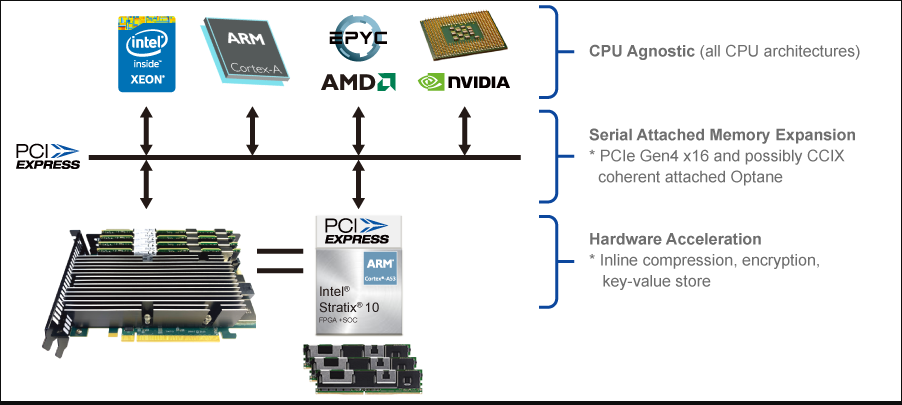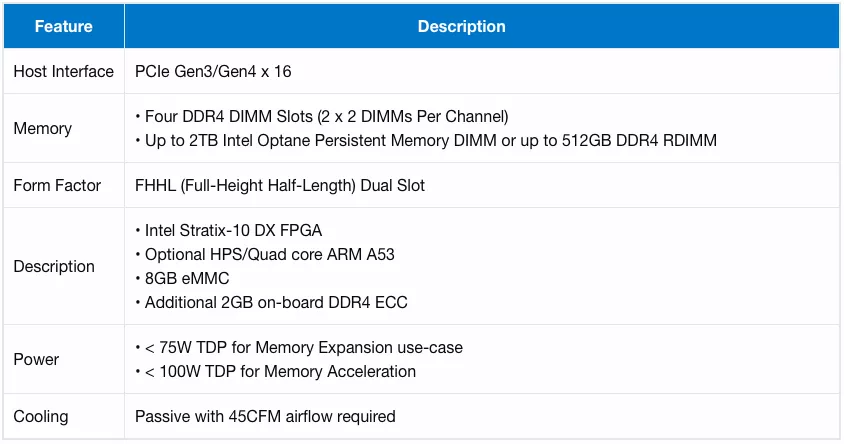News
Smart Modular Brings Optane Memory to AMD EPYC Servers

Intel’s 2nd and 3rd Generation Xeon Scalable CPUs provide several benefits over AMD EPYC-powered servers, one of which is support for Optane Persistent Memory modules, which may be utilized to enhance primary memory capacity at a low cost, which is significant for many applications. Smart Modular, on the other hand, has designed a card that allows you to add Optane PMMs to any system. Ironically, the card is based on Intel technology.
According to Smart Modular, the demand for storage-class memory on current AMD and Arm machines is substantial enough to prompt the company to design a Kestral PCIe Optane add-in board specifically for these servers. Up to four Intel Optane Persistent Memory modules of 512GB each may be carried by the Kestral PCIe Optane AIC, which can be put into any PCIe 3.0/4.0 x16 slot to provide up to 2TB of Optane memory capacity. PCIe Gen4 x16 slots provide peak bandwidth of 32GBps in both directions, which is higher than the 25.6 GBps provided by a single DDR4-3200 memory channel but lower than the 45.6 GBps provided by a pair of DDR4 channels when compared to four DDR4 channels (102.4 GBps).

In order to connect with Optane Persistent Memory modules that are inserted into ordinary DDR4 memory slots, Intel’s Xeon Scalable “Cascade Lake” and “Ice Lake-SP” processors use the company’s proprietary DDR-T protocol, which is not supported by rival CPUs. In order for Optane PMMs to provide a 64B cache line access granularity while also taking into consideration the nature of these modules, the protocol is necessary (which use a special Optane memory controller).

Smart Modular incorporates Intel’s Stratix 10 DX FPGA, which fully supports the DDR-T protocol and functions as a DDR4-to-DDR-T memory translator hub, in order to enable Intel’s Persistent Memory modules work on the company’s Kestral PCIe Advanced Integration Controller. In addition, the AIC may make advantage of the four Arm Cortex-A53 processors on the FPGA to speed and enable specific applications. The board is equipped with 2GB of DDR4 ECC memory as well as an 8GB eMMC storage module as standard. When used for memory expansion, the card consumes less than 75W, and when used for memory acceleration, the card consumes less than 100W. Fully height half-length (FHHL) in design, it has a dual-slot passive cooler and is available in a variety of configurations.












